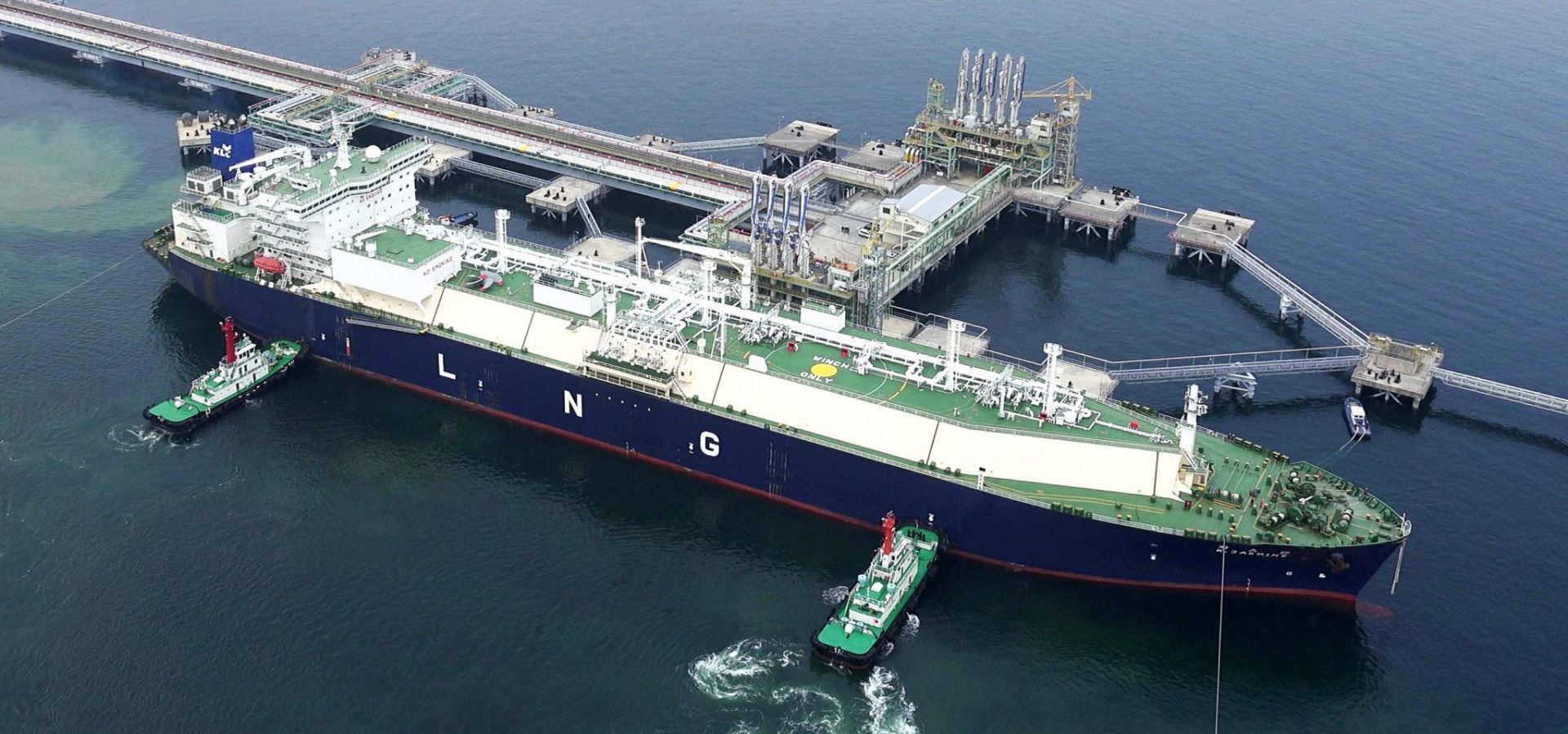South Korean LNG importing giant Kogas reported lower gas sales in March when compared to the same month last year.
Kogas sold 3.14 million mt last month, a drop of 18.6 percent when compared to 3.86 million mt in March last year, according to a stock exchange filing.
March sales dropped by 20.2 percent when compared to the previous month’s 3.93 million mt.
Purchases by power firms decreased by 20.5 percent year-on-year to 1.43 million mt in March. These purchases were down by 18 percent when compared to the previous month.
Moreover, Kogas said its city gas sales decreased by 17 percent year-on-year to 1.70 million mt, while they dropped by 21.9 percent when compared to the month before.
South Korean LNG imports rose slightly from 45.9 million tons in 2021 to about 46.3 million tons of LNG in 2022 as the costs doubled year-on-year, according to customs data.
During January-February this year, South Korean LNG imports rose to 9.87 million tons from 8.47 million tons last year, the data shows. The costs of these imports rose 37 percent when compared to the year before.
In January, South Korea imported 4.78 million tons of LNG and most of the volumes came from Australia, Oman, Malaysia, and Indonesia, the data shows. This compares to 4.99 million tons in January last year.
As per February, LNG imports to South Korea reached 5.08 million tons with most of the volumes coming from Australia, Malaysia, Oman, and Indonesia. These volumes compare to 3.47 million tons in February last year.
Data for March is not yet available.
Kogas imports LNG from plants located around the globe and currently operates four large LNG terminals in South Korea.
These include Incheon, Pyeongtaek, Tongyeong, and Samcheok. The firm has a small-scale regasification terminal at the Aewol port on Jeju island as well and is building a large terminal in Dangjin.
Kogas recently signed a memorandum of understanding with Japan’s Jera to strengthen their strategic relationship and cooperate in LNG supply, as the “uncertainty regarding global energy supply is drastically increasing.”

